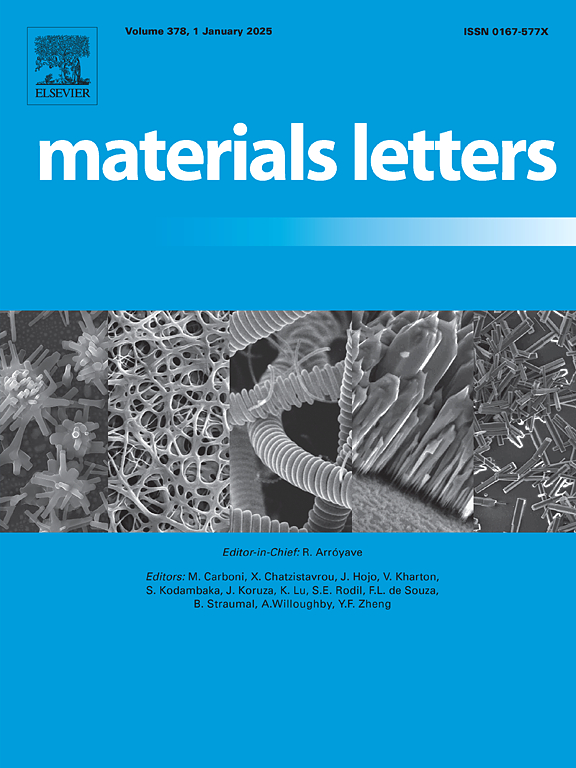单宁和羧甲基壳聚糖的表面聚合提高了聚醚砜中空纤维膜的水净化性能
IF 2.7
4区 材料科学
Q3 MATERIALS SCIENCE, MULTIDISCIPLINARY
引用次数: 0
摘要
聚醚砜(PES)具有优良的化学稳定性,在许多领域得到了广泛的应用,但其较低的亲水性限制了其在水处理领域的应用。本研究以单宁酸(TA)为改性剂,采用浸渍法对PES中空纤维膜(PES-TA)进行亲水性改性。为解决TA易氧化为醌的问题,在TA溶液中加入羧甲基壳聚糖(CMCS)制备PES-TA-CMCS膜。随着CMCS用量的增加,膜的水接触角进一步减小,通量先增大后减小。当CMCS浓度为1.08 × 10−3mol/L时,PES-TA-CMCS的通量为105.72L/m2h,去除率为100.00%。一个月的氧化实验证明,PES-TA- cmcs的稳定性高于PES-TA。本文章由计算机程序翻译,如有差异,请以英文原文为准。
Surface polymerization of tannins and carboxymethyl chitosan improves water purification of polyethersulfone hollow fiber membranes
Polyethersulfone (PES) has excellent chemical stability and has been widely used in many fields, but its low hydrophilicity limits its application in water treatment. In this study, hydrophilic modification of PES hollow fiber membranes (PES-TA) was studied by impregnation method with tannic acid (TA) as modifier. In order to solve the problem that TA is easy to oxidize into quinone, carboxymethylchitosan (CMCS) was added into the TA solution to prepare PES-TA-CMCS membrane. With the increase of CMCS amount, the water contact angle of the membrane further decreased, and the flux increased first and then decreased. The flux of PES-TA-CMCS was 105.72L/m2h and the rejection rate was 100.00 % when the CMCS concentration was 1.08 × 10−3mol/L. One-month oxidation experiments proved that the stability of PES-TA-CMCS was higher than that of PES-TA.
求助全文
通过发布文献求助,成功后即可免费获取论文全文。
去求助
来源期刊

Materials Letters
工程技术-材料科学:综合
CiteScore
5.60
自引率
3.30%
发文量
1948
审稿时长
50 days
期刊介绍:
Materials Letters has an open access mirror journal Materials Letters: X, sharing the same aims and scope, editorial team, submission system and rigorous peer review.
Materials Letters is dedicated to publishing novel, cutting edge reports of broad interest to the materials community. The journal provides a forum for materials scientists and engineers, physicists, and chemists to rapidly communicate on the most important topics in the field of materials.
Contributions include, but are not limited to, a variety of topics such as:
• Materials - Metals and alloys, amorphous solids, ceramics, composites, polymers, semiconductors
• Applications - Structural, opto-electronic, magnetic, medical, MEMS, sensors, smart
• Characterization - Analytical, microscopy, scanning probes, nanoscopic, optical, electrical, magnetic, acoustic, spectroscopic, diffraction
• Novel Materials - Micro and nanostructures (nanowires, nanotubes, nanoparticles), nanocomposites, thin films, superlattices, quantum dots.
• Processing - Crystal growth, thin film processing, sol-gel processing, mechanical processing, assembly, nanocrystalline processing.
• Properties - Mechanical, magnetic, optical, electrical, ferroelectric, thermal, interfacial, transport, thermodynamic
• Synthesis - Quenching, solid state, solidification, solution synthesis, vapor deposition, high pressure, explosive
 求助内容:
求助内容: 应助结果提醒方式:
应助结果提醒方式:


